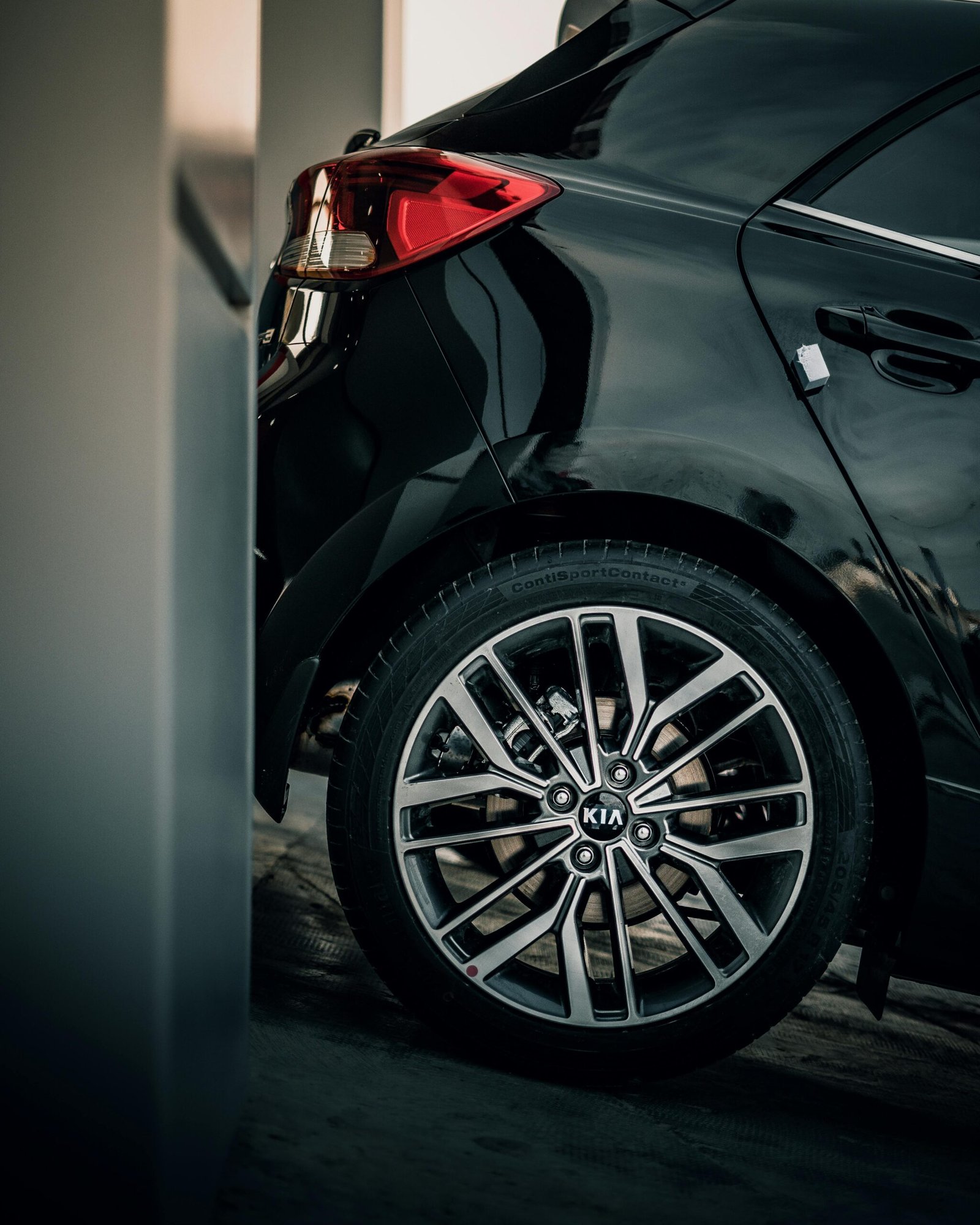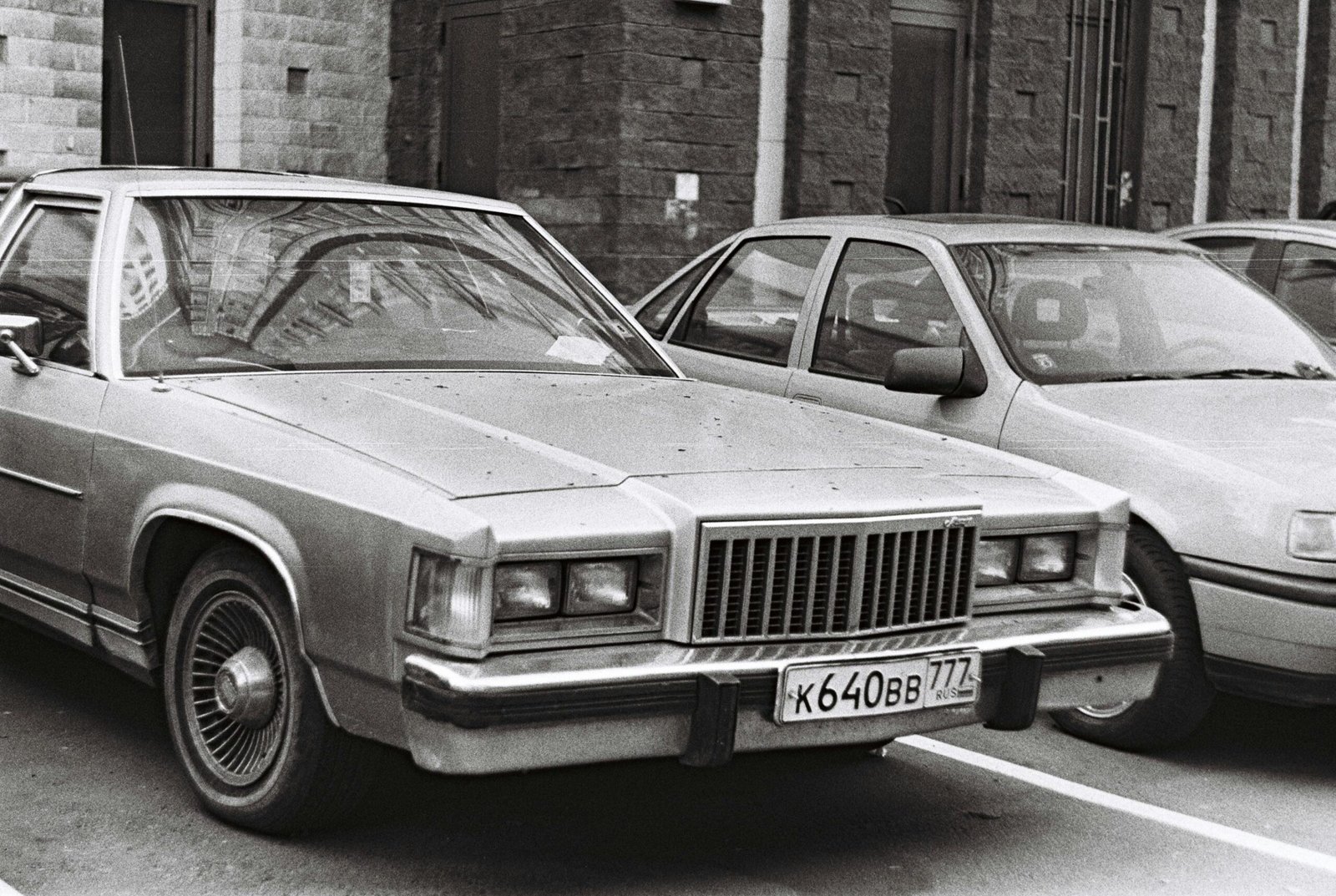Owning a high-mileage vehicle can be both a blessing and a challenge. On one hand, you’ve got a reliable ride that’s proven itself over the years. On the other, maintaining that car as it racks up the miles requires a bit more attention to ensure it keeps running smoothly. But don’t worry! With the right maintenance, your high-mileage car can continue to serve you well for many more miles.
In this guide, we’ll walk you through essential maintenance tips that can help extend the life of your vehicle, prevent costly repairs, and ensure your ride stays safe and reliable for the long haul. Whether you’re driving a trusty old sedan or a well-loved truck, these tips apply to any high-mileage vehicle.
1. Know Your Vehicle’s Maintenance Schedule
First things first, familiarize yourself with the manufacturer’s recommended maintenance schedule for your vehicle. It’s easy to neglect service intervals when your car is still running well, but staying on top of regular maintenance can prevent big issues from cropping up. For high-mileage vehicles, sticking to these guidelines is even more important.
- Oil Changes: Regular oil changes are critical, especially as a car gets older. For high-mileage vehicles, you may need to change your oil more frequently—around every 3,000 to 5,000 miles depending on your driving conditions and the type of oil you use (synthetic oil often lasts longer).
- Tire Rotation and Alignment: Keeping your tires balanced and rotated every 6,000 to 8,000 miles ensures even wear and extends their lifespan. Also, align your wheels regularly to prevent uneven wear and maintain handling performance.
2. Check and Replace the Timing Belt
If your vehicle has a timing belt, make sure it’s been replaced according to your car’s service manual. The timing belt is a crucial component that keeps the engine running smoothly by synchronizing the rotation of the crankshaft and camshaft. If it breaks, it can cause catastrophic engine damage, especially in high-mileage cars.
- When to Replace: Most manufacturers recommend replacing the timing belt between 60,000 and 100,000 miles. However, if you’re unsure of its condition or when it was last replaced, have a mechanic inspect it.
3. Keep an Eye on Fluid Levels and Conditions
Fluids are the lifeblood of your car. As your vehicle accumulates miles, its fluid levels and condition can deteriorate, leading to increased wear on critical engine and transmission parts. Regularly checking and changing your car’s fluids is essential for high-mileage vehicles.
- Engine Oil: As mentioned, oil changes are crucial, but also remember to check the oil level and its condition. If the oil is dark and gritty, it’s time to change it. If the oil level is low, top it up promptly.
- Transmission Fluid: For automatic transmissions, low or dirty transmission fluid can cause shifting problems. Change your transmission fluid at the recommended intervals, typically every 30,000 to 60,000 miles.
- Coolant: Keeping the engine cool is key to preventing overheating. If your coolant is dirty or low, it can lead to engine problems. Replace the coolant every 2 to 3 years, or as your manufacturer advises.
- Brake Fluid: Brake fluid is essential for the safe operation of your brakes. Make sure it’s at the correct level and appears clean. Change the brake fluid every two years to ensure optimal performance.
4. Inspect the Belts and Hoses Regularly
With higher mileage, belts and hoses are more likely to show signs of wear. Cracks, fraying, or leaks in these components can lead to breakdowns or engine damage if not addressed. Inspect belts and hoses at regular intervals, especially if you notice any strange noises coming from the engine area.
- Replace Before Failure: Timing belts, serpentine belts, and radiator hoses should be replaced before they fail. If you notice any signs of damage or if they’ve been on your car for an extended period (typically over 100,000 miles), it’s better to replace them preemptively.
5. Check the Exhaust System
A high-mileage vehicle’s exhaust system takes a lot of wear and tear over the years. Corrosion, rust, or leaks in the exhaust system can affect your car’s performance, fuel efficiency, and emissions.
- Listen for Strange Noises: A rattling or loud exhaust noise could indicate a problem with your catalytic converter, muffler, or other exhaust components. Have it checked out to avoid more significant damage.
- Inspect for Leaks: A small leak in the exhaust system can lead to dangerous fumes entering the cabin, so it’s essential to check for exhaust leaks regularly.
6. Regularly Check the Battery
A high-mileage vehicle can sometimes face electrical issues as the battery and alternator age. A weak or dying battery may leave you stranded, especially if it’s not regularly checked.
- Battery Maintenance: Check your battery for corrosion around the terminals and clean it with a mixture of baking soda and water if needed. Ensure that the battery is securely fastened, as vibrations can cause damage over time.
- Battery Life: Batteries generally last between 3 to 5 years. If your battery is older or showing signs of wear, consider replacing it before it completely dies.
7. Keep an Eye on the Suspension and Steering
As your car racks up the miles, the suspension and steering components can wear out. Issues like squeaking, uneven tire wear, or poor handling could indicate problems with these parts. Keeping the suspension and steering in good shape ensures a smooth ride and helps maintain safety.
- Shocks and Struts: If your car bounces too much when driving over bumps or feels “floaty,” it might be time to replace your shocks or struts.
- Ball Joints and Tie Rods: These parts help with steering and need to be checked periodically. If you notice steering issues or hear clunking noises, it’s a good idea to have these components inspected.
8. Watch for Leaks and Unusual Noises
As vehicles age, the likelihood of leaks increases. Whether it’s engine oil, transmission fluid, coolant, or brake fluid, any kind of fluid leak can indicate a serious issue that needs immediate attention. Regularly inspect your car for any fluid spots under the vehicle and take it to a mechanic if you notice any leaks.
Similarly, pay attention to any new or unusual noises that might pop up. Grinding, clunking, or whining sounds can point to a variety of issues with brakes, the transmission, or the suspension.
9. Don’t Skip the Air Filter and Fuel System Maintenance
For older vehicles, keeping the air intake and fuel system in good shape is key to ensuring efficiency and performance. A clogged air filter can reduce engine efficiency and increase fuel consumption, while a dirty fuel system can cause rough idling or poor acceleration.
- Air Filter: Replace the air filter every 12,000 to 15,000 miles, or more often if you drive in dusty conditions.
- Fuel System Cleaning: Have your fuel injectors cleaned regularly to prevent clogging, which can cause poor fuel economy and engine performance.
10. Maintain the Timing and Spark Plugs
Spark plugs and timing are crucial for your engine’s performance, especially in high-mileage vehicles. Worn-out spark plugs can lead to misfires, poor fuel efficiency, and rough engine performance.
- Spark Plugs: Replace spark plugs around every 30,000 miles, or as specified in your vehicle’s manual. High-mileage vehicles may require more frequent replacements if they show signs of wear.
- Ignition System: Have the ignition system, including the distributor cap, ignition wires, and coils, checked regularly to ensure your vehicle starts smoothly and runs efficiently.
11. Perform a Thorough Inspection Before Long Trips
If you’re planning a long road trip or need to rely on your high-mileage vehicle for extended driving, always perform a thorough inspection beforehand. Check the tires, oil level, brakes, and cooling system, and make sure everything is in working order. Preventive maintenance is far less expensive than dealing with an unexpected breakdown while on the road.
12. Don’t Forget About the Transmission
Transmission maintenance is critical for any vehicle, but especially for those with high mileage. Low or dirty transmission fluid can cause shifting problems, overheating, or even transmission failure.
- Flush and Replace Transmission Fluid: Over time, transmission fluid breaks down and becomes less effective at lubricating the transmission. If you haven’t done so in a while, get your transmission fluid flushed and replaced according to the recommended intervals.
- Transmission Inspection: Have your transmission inspected regularly for any signs of slipping, rough shifting, or other issues.
13. Take Care of the Interior and Exterior
While the engine is the heart of your vehicle, don’t neglect the body and interior. A well-maintained car looks better, lasts longer, and retains more value. Regularly clean the interior and wash the exterior to prevent rust and wear. Keep the upholstery in good condition by conditioning leather or fabric seats and vacuuming the carpets often.
14. Seek Professional Help When Needed
Finally, always consult a trusted mechanic for any complex issues or if you’re unsure about a particular maintenance task. High-mileage vehicles might have unique quirks or issues that need professional expertise, so don’t hesitate to ask for help when needed.
15. Conclusion: Keep the Mileage Going Strong
Owning a high-mileage vehicle doesn’t have to mean facing frequent repairs or losing confidence in your car’s reliability. By staying on top of regular maintenance, addressing issues promptly, and caring for your car’s vital components, you can continue to enjoy your vehicle for many more miles.
With the right attention and care, your high-mileage car can keep rolling for years to come!
FAQs
1. How often should I change the oil in a high-mileage vehicle?
For high-mileage vehicles, it’s recommended to change the oil every 3,000 to 5,000 miles, depending on driving conditions and the type of oil used.
2. When should I replace the timing belt on a high-mileage car?
Timing belts should typically be replaced between 60,000 and 100,000 miles, but check your car’s manual for the specific interval. If you’re unsure, it’s always best to have it inspected.
3. Can I drive my high-mileage car long distances?
Yes, with proper maintenance, you can drive your high-mileage car on long trips. Just make sure to do a thorough inspection before heading out, including checking the oil, tires, and brakes.
4. How can I tell if my high-mileage car’s suspension needs repair?
If your car is bouncing excessively after hitting bumps, pulling to one side, or making strange noises, it could be time to check or replace suspension components like shocks, struts, or bushings.
5. What are some signs that my high-mileage vehicle might need a new battery?
If your car struggles to start, the lights are dim, or you notice corrosion around the battery terminals, it might be time for a new battery.




